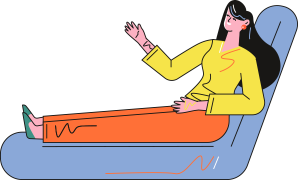Will rib fractures swell?
Generally, swelling after a localized fracture is due to damage to the blood vessels in the area of the fracture. The bleeding that follows accumulates under the skin at the fracture site, causing obvious swelling. However, rib fractures are somewhat unique because after a rib fracture, the bleeding generally occurs internally, meaning the blood enters the chest cavity, leading to accumulation of blood and fluids within the chest. Generally, the blood does not accumulate under the skin. Therefore, rib fractures typically do not exhibit obvious swelling. There might be some local swelling, but it is usually not prominent. If not examined closely, it is generally not noticeable that there is significant swelling at the site of a rib fracture.
Trending Health Topics

Get the latest health & wellness news daily right to your inbox.

Other Voices

How to care for a rib fracture


 Subscribe
Subscribe

